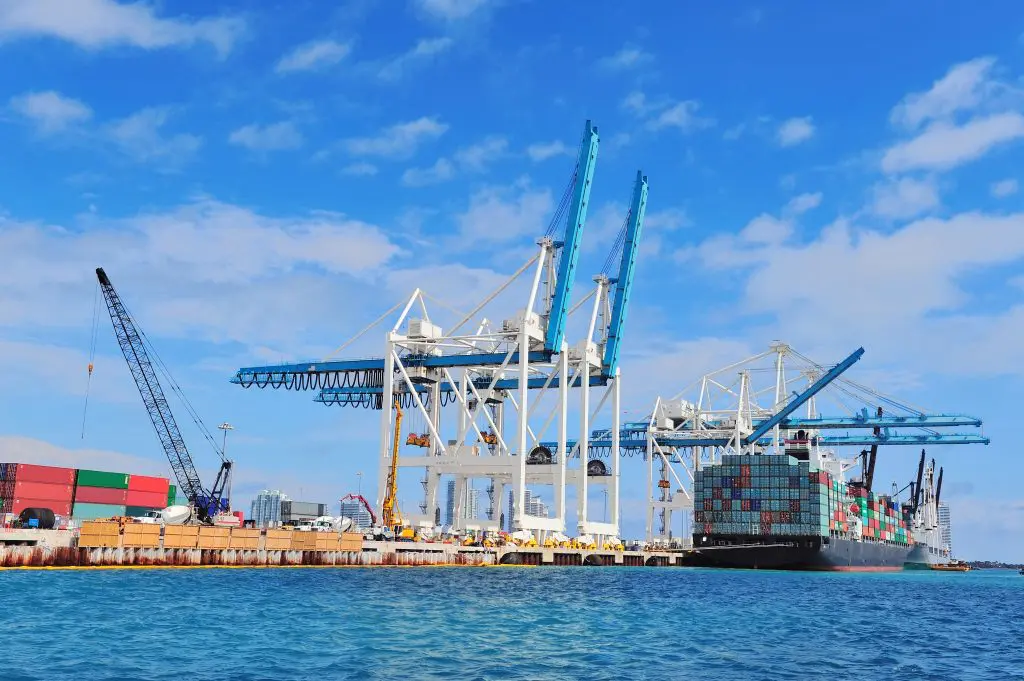The global economy relies heavily on ocean freight shipping to transport goods across the world. Ocean freight transportation is the most cost-effective mode of transportation for goods that need to be transported across continents. This guide will help you understand the basics of ocean shipping, including its types, procedures, and advantages.
Types of Ocean Freight Shipping
There are two types of ocean freight transportation: Full Container Load (FCL) and Less than Container Load (LCL). FCL shipping is when an entire container is booked for one shipment, while LCL shipping is when a shipment does not fill an entire container.
FCL shipping is ideal for businesses that need to ship large volumes of goods or have goods that require special handling, such as hazardous materials or fragile items. By booking a full container, the consignee has complete control over the shipment, from the packing to the delivery. The FCL option also ensures that there is no risk of damage or theft to the cargo during transit, as the container is not shared with other parties.
LCL shipping is ideal for businesses that need to ship smaller volumes of goods or have cargo that is not enough to fill a full container. It is a cost-effective option for small and medium-sized businesses as they do not have to pay for an entire container. LCL shipping also allows for flexibility in the shipping schedule and can accommodate smaller quantities of goods.
Ocean Shipping Procedures
The following procedures are involved in ocean shipping:
Booking: The first step is to book your shipment with a freight forwarding company. This company will handle the logistics of your shipment and take care of all the documentation required.
Documentation: The freight forwarding company will provide you with the necessary documentation required for your shipment, including bills of lading, customs clearance documentation, and export declarations.
Packing: It is essential to ensure that your goods are packed correctly to prevent any damage during transit. The freight forwarding company can provide you with advice on packing your goods.
Loading: Once the container is loaded, it will be sealed, and the seal number will be recorded on the bill of lading.
Transport: The container will then be transported to the port, where it will be loaded onto the ship.
Shipping: The ship will sail to the destination port, where the container will be unloaded and inspected by customs.
Delivery: After customs clearance, the container will be transported to its final destination.
Advantages of Ocean Freight Shipping
Ocean shipping has the following advantages:
Cost-effective: Ocean shipping is the most cost-effective mode of transportation for goods that need to be transported across continents.
High capacity: Ocean freight shipping can handle large quantities of goods, making it ideal for businesses that need to transport large volumes of goods.
Reliable: Ocean freight transportation is a reliable mode of transportation, with fixed schedules that ensure that goods arrive at their destination on time.
Ocean freight shipping is a cost-effective, reliable, and efficient mode of transportation for businesses that need to transport large quantities of goods across continents. By understanding the basics of ocean freight transportation, you can ensure that your goods are transported safely and efficiently.
If you are looking for shipping partners in Melbourne, ICS Global Logistics is the only solution you need! Get the best ocean freight shipping with us.

